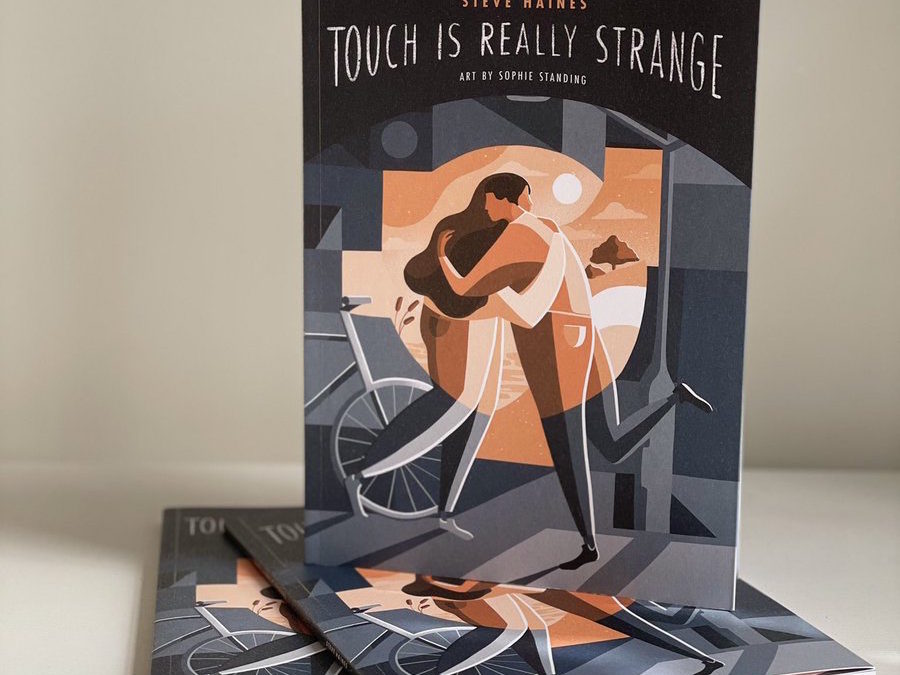When it comes to working with people’s pain and trauma, it turns out that feeling safe and exploring someone’s stories; their hopes, dreams and fears is key to healing.
I trained as a chiropractor where we often only treat part of the body. One of the central ideas in chiropractic is the importance of getting the spine straight and aligned, and although that’s still fairly important to health, it’s not the whole picture.
It’s easy to look at someone with a damaged shoulder or knee and think that we just need to align it, and make it stronger. We forget about the person in their world, their larger stories.
Our experience of a lived body is deeply sensitive to many things: culture, faith, family, relationships – these all shape our stress processes, our musculature, and how we guard ourselves.
So, back to the damaged knee – research shows that the way the owner of the knee feels about the people, environments and context around them is at least as important as the muscle tone in the knee, when it comes to healing their pain.
Understanding that when we touch, we touch a whole person. Touch is an underappreciated tool to support safety, embodiment and health.
I explore this topic in my new book, Touch is Really Strange. One of the goals of the book is to shift the paradigm for all of us, but especially bodyworkers, to be braver and more ambitious in how we work with touch.
I had a great conversation recently with ‘The Bad Doctor’ Ian Williams, on the Graphic Medicine podcast, which serves as a good introduction to the concepts in the book.


